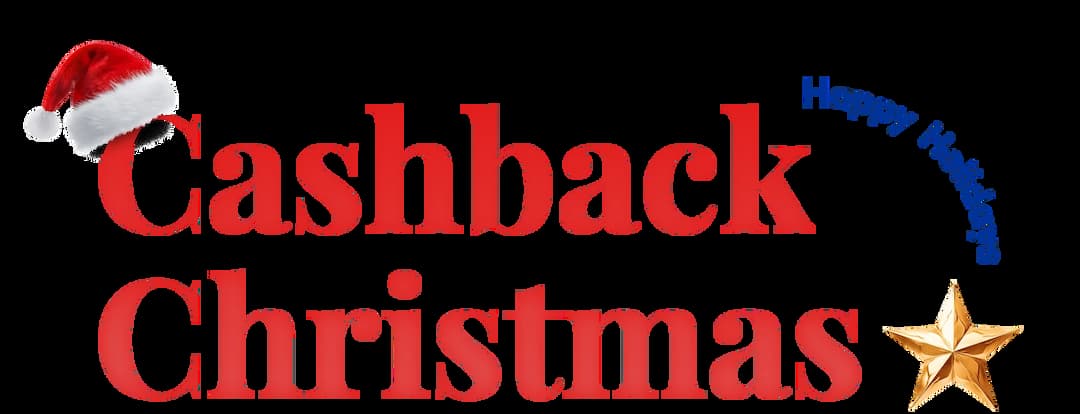What is Progressive Dialer and Why Does Your Call Center Need It?

Imagine you get a call from a business. You pick up the phone. Then all you receive is dead air and pure silence, no greeting, no response. What happens then?? This angers you, and you may also block the number. If it happens repeatedly, you get the impression that the brand has poor service, leaving you to question their professionalism. In just a few seconds, your business lost a potential customer.
The progressive dialer is a straightforward solution to prevent silence and minimize wait times for your customers. It ensures that calls are only connected when an agent is available and is ready to engage with the customer. It enables both parties to have a smoother call experience and engage in personalized conversations, helps build a stronger relationship with customers, and fosters a professional image of your brand.
Highlights:
A progressive dialer automates outbound calls, dialing only the next available number.
Global connect, call transfer, call barging, and call analytics are key features that enable effective global outreach and a high-quality call experience.
A progressive dialer reduces idle time between calls, boosts agent productivity, and minimizes call abandonment, resulting in improved customer experiences and higher conversion rates.
It is best suited for slower call centers with lower call volumes, such as those conducting cold calls for sales, customer surveys, and market research.
What Is a Progressive Dialer?
The progressive dialer is used in call centers to automate outbound calls. Once an agent completes a call and the agent is available for the next call, the system automatically dials the next number on the list. This system is ideal for a call center with lower call volumes.
In simplest terms, a progressive dialer sequentially dials the numbers on a predefined list, eliminating the need for agents to manually dial phone numbers and spend their time waiting for calls to connect.
Key Features of a Progressive Dialer
Call monitoring features like recording and analytics evaluate call and agent performance. Automatic phone number dialing speeds up the entire calling process and saves agents time. Furthermore, call disposition and call notes help agents highlight the major outcomes from the call.
1. Call Recording
Progressive dialers ensure that every interaction is captured for quality assurance and training purposes. Managers can review these recordings to identify areas for improvement, provide targeted coaching, and ensure agents meet performance standards.
2. Automatic Dialing
The system uses the auto dialers to automatically dial phone numbers and eliminate the need for manual dialing. It enables agents to save time and reach large numbers of leads with minimal effort.
3. Call Transfer
The call transfer allows you to redirect ongoing calls to the appropriate team members for further assistance or to get the help they need quickly.
4. Call Analytics
Real-time call analytics provide detailed, live insights into critical call data. The information includes call metrics, call tracking, call detection history, keyword detection, and making data-driven decisions with ease.
5. Call Disposition
Call disposition tracks the outcome of each call, allowing agents to assign labels such as “Interested” or “No Answer.” Agents can easily gather all contacts labeled as “Follow-up Needed” and efficiently reach out to them using a progressive dialer. Call disposition ensures no valuable opportunities are missed and maximizes overall campaign efficiency.
6. Call Notes and Tags
Agents can use call notes and tags to record important call details about each conversation during or after the call for future reference. It makes follow-up actions easier, as dialers can display this brief information to the agent right before placing the call.
7. Custom Caller ID
Custom caller ID in a progressive dialer lets call centers choose the number that appears on a customer’s phone, often using a virtual number. This makes calls look more professional and familiar, so customers are more likely to answer and trust the call.
CTA: Automate Your Outbound Calls with Calilio’s Power Dialer
Calilio’s power dialer automates outreach campaigns with configurable pauses between calls and connects agents only to live answered calls, similar to a progressive dialer.
How Does a Progressive Dialer Work?
The progressive auto dialer automatically dials phone numbers from a predefined contact list when an agent is available. It displays the agent's contact information on the screen before placing the call and bypasses any numbers that are not connected, busy, or unanswered.
- Agent Identification: The auto-dialer system identifies agents available for the next call
- Contact Display: The dialing system displays the contact details on the agent's screen before placing the call, allowing the agent to review them briefly.
- Automated Dialing: The auto dialer calls the next number on the list.
- Connection: If a number is busy, unanswered, or disconnected, the system quickly calls the next numbers on the list.
- Connected: If the recipient answers the call, the agent is connected.
- Call Disposition: After the call ends, the agent can assign a call disposition label based on the call outcome (e.g., follow-up needed, not interested, interested, sales made)
- Repeat: The process continues every time after the call is finished.
Why Does Your Call Center Need a Progressive Dialer?
A progressive dialer software eliminates manual dialing and reduces idle time waiting for calls to connect. Unlike other outbound dialers, it only initiates a call when an agent is available, ensuring agents engage with live calls instead of dealing with voicemails, busy signals, or unanswered calls. It maximizes talk time and improves overall agent productivity.

Reduced Agent Idle Time
Progressive dialers reduce the idle time between calls. The system bypasses all the unanswered, busy, or voicemail calls, allowing agents to spend more time talking to connected customers and less time waiting for calls to connect.
Lower Call Abandonment Rates
Progressive dialers place a call only after confirming an agent’s availability, unlike predictive dialers that dial multiple numbers in advance. As there’s always an available agent ready to handle the call, it reduces customer wait times and minimizes call abandonment rates once connected.
Higher Employee Morale
A progressive dialer automates manual dialing and handles all unanswered calls, enabling agents to focus on refining their pitches and engaging in more personalized conversations. Increasing talk time and high-quality interactions boost conversion rates, help agents meet their targets, and enhance employee morale.
Additionally, a progressive dialer sequentially calls one phone number at a time, so agents are not overwhelmed with nonstop calls. It minimizes stress and prevents agent burnout, allowing them to give their best to your call center.
Personalized Conversations
In most cases, a progressive dialing system displays the contact’s information when the call is placed or before it connects. It gives agents a limited time to prepare for the call, not as much as preview dialers. Still, agents receive basic information, such as name and history, to better understand customers and prepare for personalized conversations.
Use Case of Progressive Dialer
Most auto-dialers are used to automate the outbound dialing process. The progressive dialer combines the significant elements of power and preview dialers, i.e., automated dialing and previewing the customer before dialing.

Sales Calls
Progressive dialers are commonly used in cold sales calls. They allow agents to focus on speaking to potential customers without wasting time dialing numbers. When an agent finishes a call, the dialer automatically connects them to the next customer in line.
Appointment Scheduling
Businesses that need to schedule appointments, such as healthcare practices or service providers, can utilize progressive dialers to contact clients or customers and arrange appointments. The system can also automate calls for rescheduling and confirmations.
Customer Surveys
Companies often use progressive dialers to conduct surveys or gather data from participants. The dialing system will ensure a steady flow of calls to respondents, allowing agents to focus on recording their responses.
Market Research
Market research calls involve follow-up questions, resulting in both positive and negative feedback, and enhancing customer engagement. It's essential to dedicate most of your day to making calls, rather than misdialing, listening to busy signals, and managing lists.
Wrapping Up
The progressive dialer is an inseparable feature of call center software. It automates manual dialing and eliminates the need for agents to wait for a call to be answered. It reduces gaps between calls and minimizes abandoned calls. It boosts productivity, improves customer interactions, and enhances agent morale. It is ideal for call centers with lower call volumes, such as sales, appointment scheduling, and surveys.

Get Cashbacks Up to 43% Straight To Your Wallet!
Unlimited Virtual Numbers – Local, Mobile & Toll-Free from 100+ Countries
Free Local Phone Number from US or Canada
Crystal-Clear Calls Starting at Just $0.0153/min
24/7 Human Support – Because Great Service Never Takes a Holiday


Frequently Asked Questions
What is a progressive dialer?
The progressive dialer transfers agents to another call immediately after they finish the previous one. When the agent finishes the ongoing calls and becomes available, the system dials a phone number from the pre-defined list. When the customer answers the call, the available agent is connected immediately after their previous call.
What is the difference between a progressive and a power dialer?
What is the difference between a preview and a progressive dialer?

Still have questions?
Can’t find the answer you’re looking for? Please chat with our friendly team.
Stay in the loop
Get the latest call insights, trends, and updates delivered straight to your inbox.
By subscribing, you agree to receive updates from Calilio.
You can unsubscribe anytime.